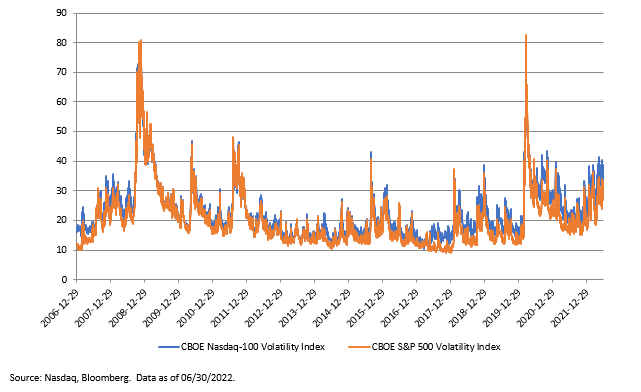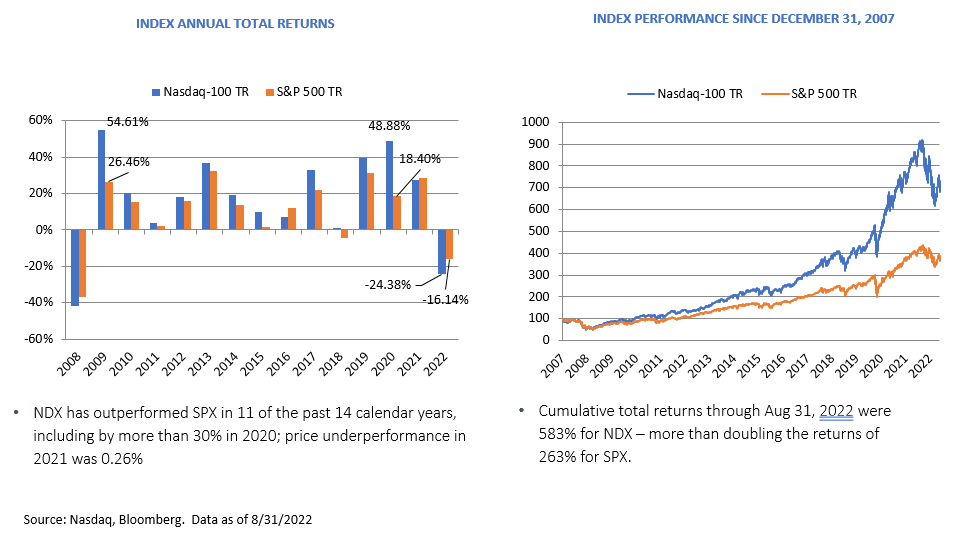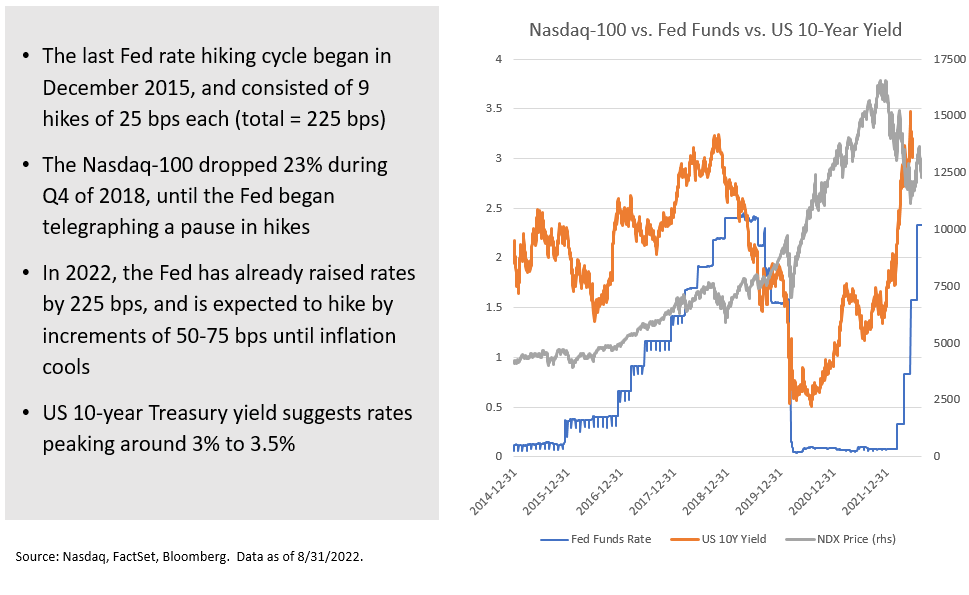By Paul MacDonald, CFA
(Sponsor Content)
Harvest ETFs Chief Investment Officer explains why the independent ETF firm focuses on 20-30 ‘leaders’ in its call option ETFs.
Harvest’s call options ETFs are built through a structured process. Portfolio managers begin by identifying an industry, sector or theme with long-term growth prospects such as healthcare, technology, or utilities. They then identify and select between 20 and 30 leaders: large-cap companies with significant financial reserves and market share. The portfolio managers then apply Harvest ETFs’ active & flexible call option strategy to the ETF holdings to generate consistent monthly income for unitholders.
But why do they only select between 20 and 30 companies for their call option ETFs? Diversity is a key to any investment strategy, so shouldn’t Harvest ETFs focus on the widest variety of holdings as possible?
In our experience, the focused approach taken in many Harvest ETFs is tied directly to the execution of Harvest’s active and flexible Covered Call Option strategy.
20-30 stocks is not a random number. When we select the stocks we want an ETF to hold, our goal is to create concentrated portfolios, but with large enough capitalization and a wide enough diversity of business styles and operations that we can give investors broadly diversified exposure to a single sector or industry.
We like diversity, and in a one-stop solution for market exposure, having a huge array of companies can make a lot of sense. But for a targeted strategy like a call option ETF, focusing on the leaders of a particular industry or sector means the managers making decisions have a deep familiarity with the companies they hold.
Why familiarity matters in Call Option ETFs?
Call Option trading in an actively managed ETF requires constant engagement with options premiums available on specific stocks. One of the key value adds of an active call option strategy is the flexibility portfolio managers can have, both to generate their consistent monthly distribution and capture higher options premiums when available to expose more of the portfolio to potential market upside.









